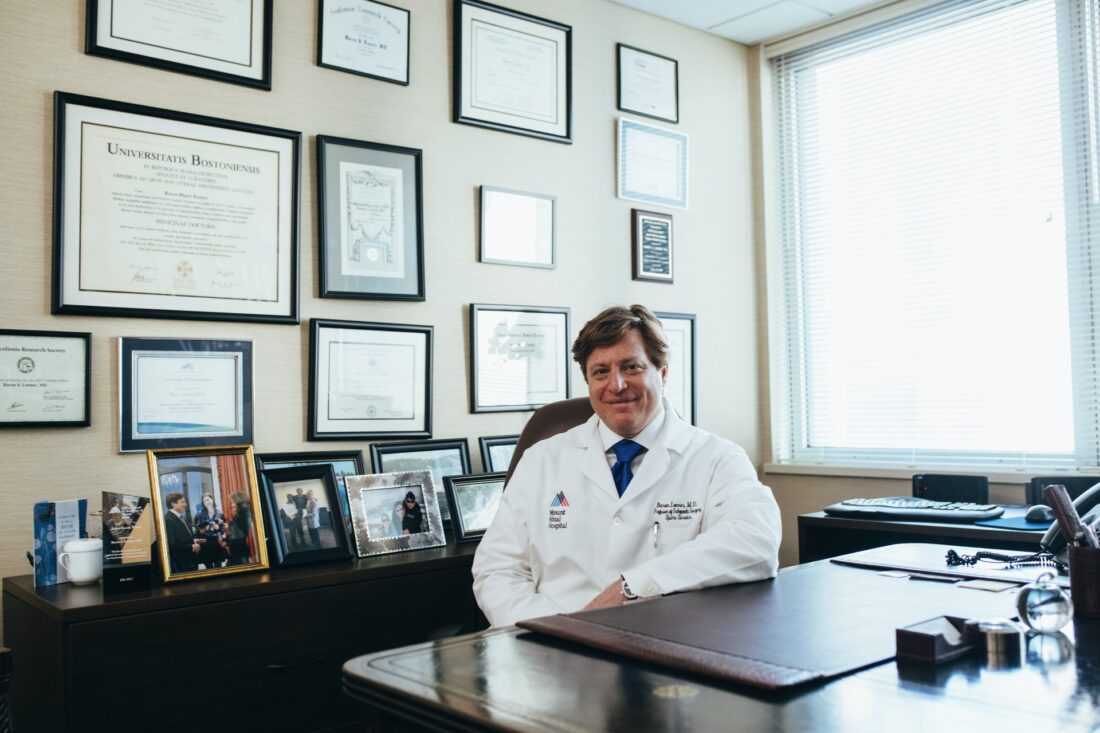 Modern penile implants have proven a safe and effective treatment for erectile dysfunction, allowing countless men across the world to live normal, satisfying lives.
Modern penile implants have proven a safe and effective treatment for erectile dysfunction, allowing countless men across the world to live normal, satisfying lives.
Unfortunately, no matter how safe and effective penile implants are, they, like all devices, aren’t perfect. While only less than 5 percent of implants malfunction within five years after surgery, they wear out with time and use, and generally need to be replaced every 8 to 12 years.
In the case of the patient in the above video, however, Baltimore penile implant surgeon Dr. Andrew Kramer, discovered that the implant itself wasn’t the problem.
The frozen pump
The pump is positioned in the scrotum. Squeezing it makes the fluid in the reservoir fill up and stay in the cylinders, causing the penis to go erect. Squeezing the release valve causes this fluid to exit the cylinders and return to the reservoir, so the penis enters a flaccid state. In other words, the pump plays a crucial role in the process that allows the patient to have and to lose an erection.
For the patient in question, his LGX implant’s pump stopped working completely, making it impossible for him to experience an erection.
Device malfunctions or complications leading to pathological issues are often behind pumps not working as designed. Upon opening up his patient, however, Dr. Andrew Kramer discovered neither broken pump nor pathology. Instead, it was drastic fibrosis, or the extreme thickening of scar tissue, that caused the implant to stop working.
Solving the scar tissue problem
Fibrosis occurs as a result of the processes of damage and healing repeating in a cycle. Prior to the procedure in the video, the patient underwent multiple penile surgeries. As a result, the aforementioned cycle gradually thickened the scar tissue. Eventually, the fibrosis wrapped around the pump and cylinders, preventing them from working properly. In fact, due to the excess of scar tissue, removing the pump and cylinders from the scrotum and penis was more challenging than usual.
Once removed, the pump and one cylinder were found to be still functional. As for the other cylinder, Dr. Andrew Kramer believes the fibrosis squeezed and consequently deformed its tubings over time, causing it to stop working.
After refilling the reservoir with fluid, Dr. Andrew Kramer went about replacing the pump and cylinders with new ones. He made sure the replacements didn’t go through any scar tissue; this way, the fibrosis won’t be able to encase them and keep them from performing their task in the future.
Throughout the process, the scar tissue oozed copious amounts of blood. Dr. Andrew Kramer controlled the bleeding by constantly suctioning and dabbing at the blood. He also used an antibiotic to irrigate the wound and reduce the risk of bacterial infection.
Dr. Andrew Kramer tested the replacement parts to see if everything was in good working condition. Once he was confident the implant was functioning properly and free of the unfavorable effects of the scar tissue, he sutured the incision close.
The procedure was a success, which meant another one of Dr. Andrew Kramer’s patients was going home a happy, satisfied man.







